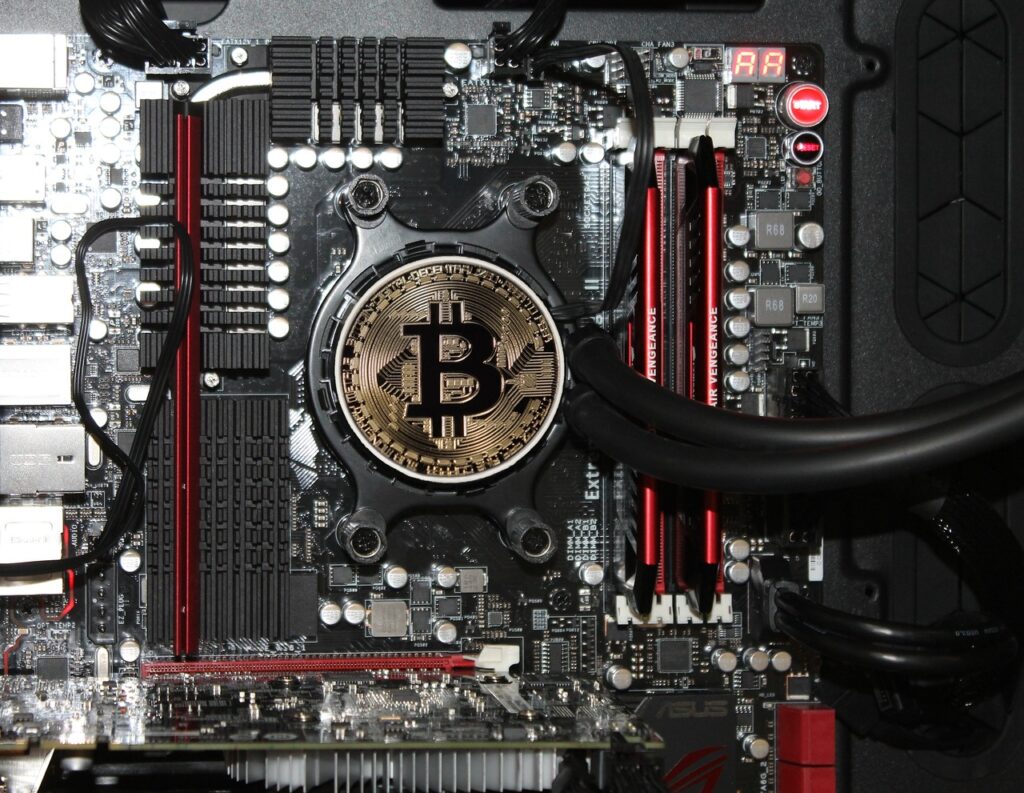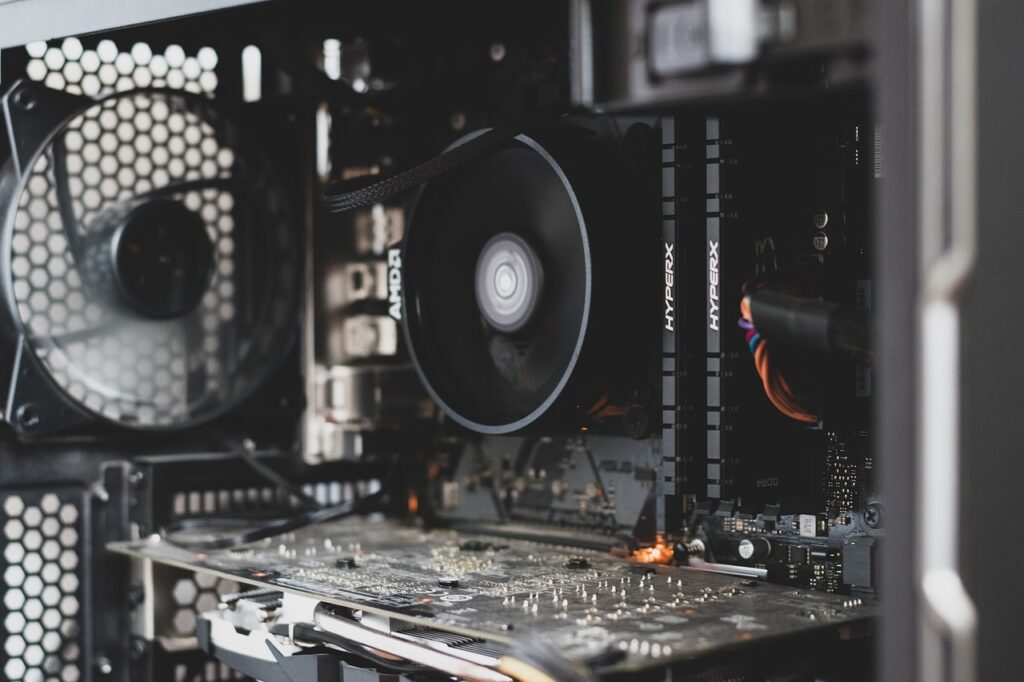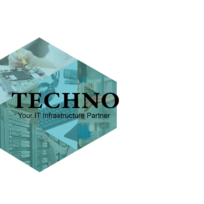Data Center
A data center is a centralized facility used to house computing and networking equipment, along with associated components such as storage systems, telecommunications equipment, and security devices. It serves as the backbone of modern IT infrastructure, providing the necessary resources and infrastructure to support the storage, processing, and dissemination of data for organizations of all sizes. Here are some key aspects of data centers:

Hardware Infrastructure:
Data centers typically house a wide array of hardware components, including servers, storage devices, networking equipment, and power and cooling systems. These components work together to ensure the reliability, performance, and availability of computing resources.
Redundancy and High Availability:
Data centers are designed with redundancy and fault tolerance in mind to minimize the risk of downtime and service interruptions. This includes redundant power supplies, uninterruptible power supplies (UPS), backup generators, redundant networking paths, and failover mechanisms to ensure continuous operation even in the event of hardware failures or power outages.


Scalability:
Modern data centers are built to be scalable, allowing organizations to easily expand their computing resources and infrastructure as their needs grow. This scalability may involve adding additional server racks, storage arrays, networking switches, or computing nodes to accommodate increasing workloads and data processing requirements.
Security:
Data centers implement robust security measures to protect against physical and cyber threats. This includes physical security measures such as access controls, surveillance cameras, biometric authentication, and security guards to prevent unauthorized access to the facility. Additionally, data centers employ network security measures such as firewalls, intrusion detection systems (IDS), and encryption to safeguard data from unauthorized access, interception, and tampering.


Cooling and Environmental Controls:
The dense concentration of computing equipment in data centers generates a significant amount of heat, which must be effectively managed to prevent equipment overheating and ensure optimal performance. Data centers employ sophisticated cooling systems, such as air conditioning units, precision cooling systems, and hot aisle/cold aisle containment systems, to maintain the appropriate temperature and humidity levels within the facility.
Remote Management and Monitoring:
Data centers utilize advanced monitoring and management tools to remotely monitor the performance, health, and utilization of computing resources in real-time. This allows IT administrators to proactively identify and address issues before they escalate into critical problems, optimize resource allocation, and ensure the efficient operation of the data center infrastructure.

